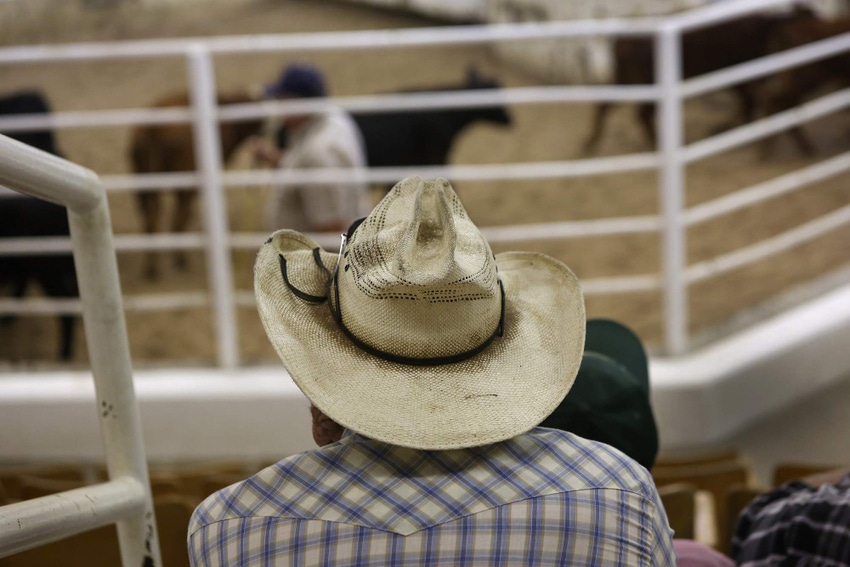Markets become the target in a frustrating ranching climate
There’s lots of chatter in cattle circles about fair markets. But commodity markets don’t grade on a curve.

“Ranchers deserve transparency and fair markets.”
That’s the hue and cry in the beef business lately. I suspect its roots are in the growing frustration from an uncertain, frustrating year. And I understand that.
But do ranchers really deserve transparency and fair markets?
Transparency, yes. Accurate and honest price reporting is essential in planning. So is an understanding of seasonal dynamics and supply-demand dynamics. And don’t forget, information has value. Sometimes a lot of value.
READ: Ranchers deserve market transparency
Back in the day of all cash markets, there was incentive to keep information to yourself. If you were able to buy a set on one-iron cattle that did really well, you had incentive to not tell the rancher. If you did, the rancher would want more for his calves.
In a value-added program, the incentive changes because the end zone changes. Now it’s the consumer who matters and information flow up and down the marketing chain becomes necessary.
Fair markets? No. Markets aren’t supposed to be fair. They never have been and, unless artificially manipulated, never will be.
Markets regulate supply and demand. They fluctuate in the process of doing so and depending on where you are in the market, you either win, lose or draw even in that process. Sometimes you win big and sometimes you win just a little. Sometimes you lose big and sometimes you lose just a little. But win, lose or draw, the cattle market doesn’t grade on a curve.
Related: How to market cattle to maximize value
Look at the cattle market in 2014 and 2015. Cattle supply was at its lowest since the 1950s and demand was good. Cow-calf producers won, big time. In spite of COOL proponents claiming that mandatory COOL was responsible, it wasn’t. It was simply a function of supply and demand.
Or look at the corn market for an example of what happens when government manipulation occurs. Back when the ethanol era came to be, corn farmers were struggling. They were successful in getting ethanol as the oxygenate in gasoline. Very quickly, the corn market took off and for a few years, corn farmers were seeing profits like they had never seen before.
On the beef side, things weren’t quite as rosy. We were in a depressed market and cattle feeders took it on the chin as corn prices doubled, tripled and even quadrupled.
Eventually, the market righted itself. It didn’t happen quickly, but it happened. Corn prices fell to the logical level the market would support, given supply and demand.
That’s no doubt a simplistic explanation, but an example of how markets work. Government manipulation made winners and losers in the corn market. The market eventually adjusted to where it is now.
READ: What's the best marketing option for this point in the cattle cycle?
In a capitalistic, commodity market, participants need to take their profits when the market offers them. That’s what packers are doing now. Are packer profits excessive? No doubt. But the packers are only doing now what cow-calf producers did in 2014-15. That’s how a capitalistic, commodity market works.
And remember, the figures you see on packer profit are gross profit, not net. There’s a significant difference. What’s more, the data show there’s no relationship between packer profit and cow-calf profit.
I understand the frustration with the present situation. But if you choose to be a cash seller/low-cost producer in a commodity market, you have to accept that the market will both move against you and for you. So you can either become a lower-cost producer or find ways to better market and manage more strategically and intentionally to add value to your calves.
There’s a truism in cattle feeding. I suspect it also holds true for cow-calf producers, but I haven’t seen any data to support that. In cattle feeding, selling on the cash market, your breakeven and the cash market will eventually converge.
That’s why feedyards have gone to the forward pricing/formula/grid marketing arrangements we now have. Some cow-calf producers and independent cattle feeders don’t like that. But economic pressures make it a reality.
Just as in the corn market, the cattle market will eventually right itself. It won’t happen right away, but it will happen.
In the meantime, I’m certain that there are cow-calf producers who will make a profit this year. Maybe not as much as in past years, but they will still come out ahead. Perhaps figuring out how they do that will be time well spent.
About the Author(s)
You May Also Like


.png?width=300&auto=webp&quality=80&disable=upscale)
